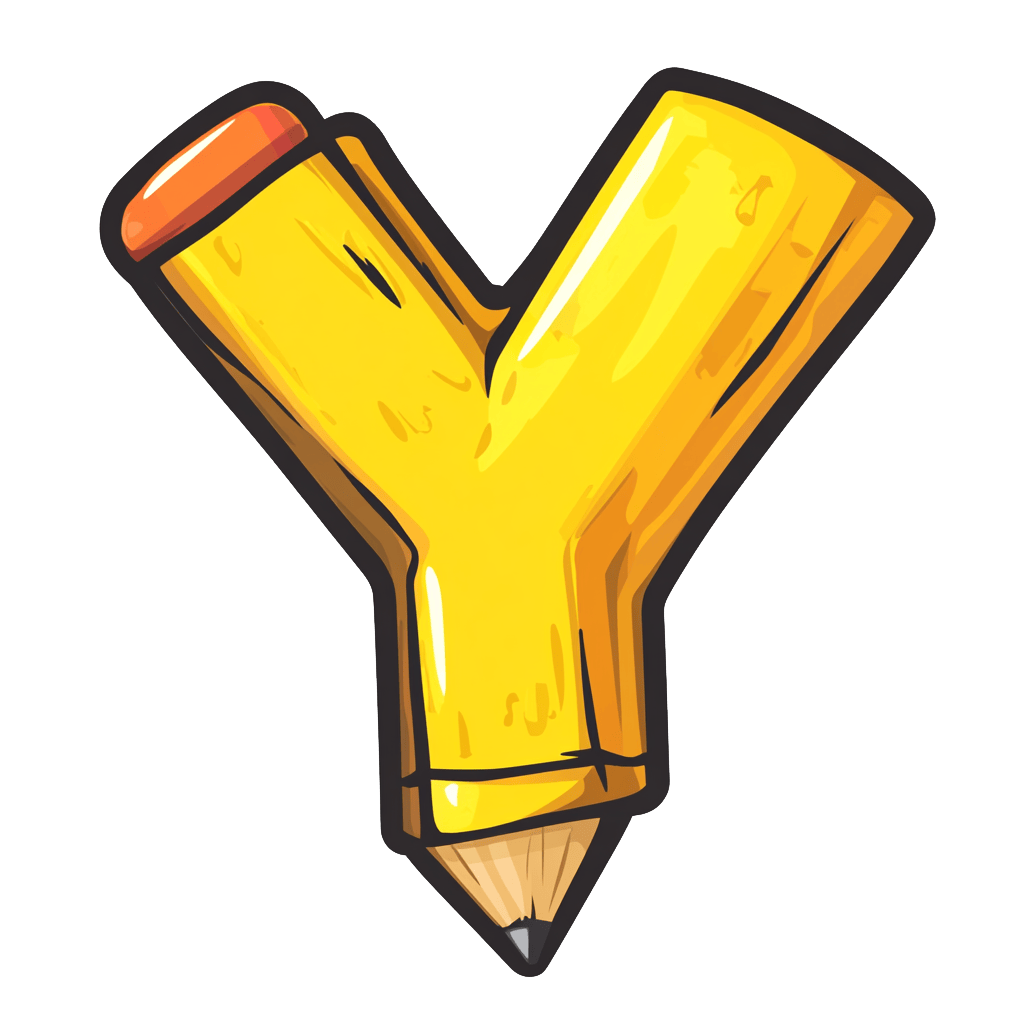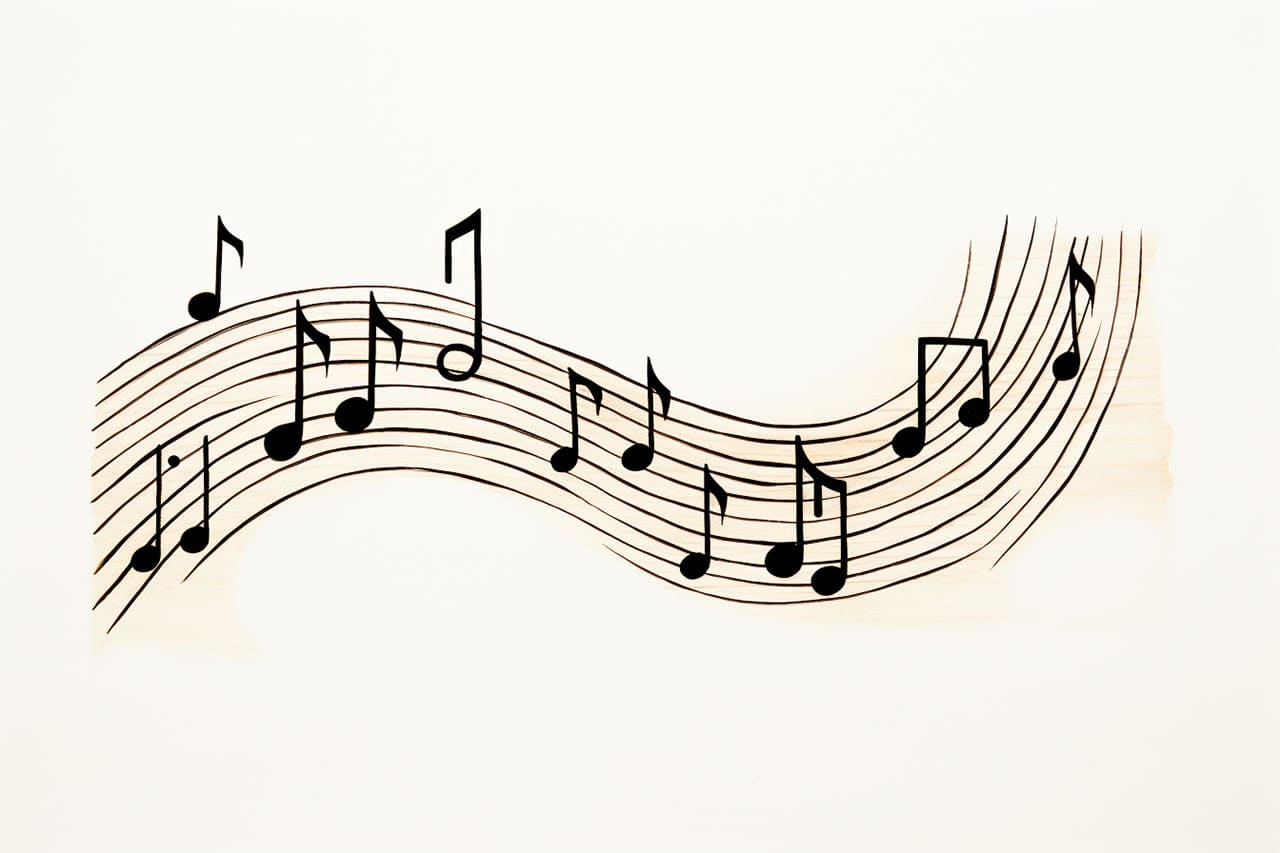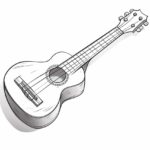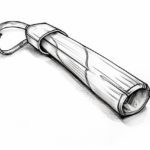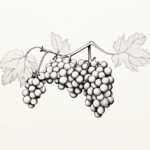
Are you looking to infuse your drawings with a touch of melody? If so, you’ve come to the right place! Learning how to draw a music note can be a delightful way to blend the world of music with your artistic expression. Whether you’re a seasoned artist or simply exploring a new pastime, drawing music notes can add a vibrant element to your artwork and spark your creativity.
In this step-by-step guide, we will break down the process of drawing a music note into simple, manageable steps. Our goal is to provide you with clear instructions and helpful tips, making it easy for you to create your own beautiful music notes. So, get your drawing materials ready and prepare to embark on this enjoyable artistic journey!
With your pencil in hand, we’ll start from scratch, gradually building up the shape and details of a music note. You’ll soon discover that drawing music notes is not only fun but also an excellent way to express your love for music through art. Let’s dive in and bring some rhythm to your drawings!
Materials Required
Before we dive into the steps, let’s gather the materials you’ll need:
- Paper
- Pencil
- Eraser
Now that you’re prepared, let’s begin our artistic journey!
Step 1: Start with a Vertical Line
To create the foundation of our music note, begin by drawing a simple vertical line on your paper. This line will serve as the stem of the note.
Step 2: Draw a Half Circle
At the top of the vertical line, draw a half circle that is open towards the right side. This shape will form the note’s head.
Step 3: Add the Flag
If you want to draw a singular music note, you can skip this step. However, if you’d like to draw a music note with a flag, continue following these instructions.
From the end of the stem, draw a curved line downwards and to the right. Then, draw a small straight horizontal line towards the right, connecting it to the curved line. Finally, draw a diagonal line connecting the end of the straight line to the bottom of the curved line. This will create the flag of the music note.
Step 4: Refine the Shape
Now that you have the basic outline of the music note, it’s time to refine its shape. Take a look at your drawing and make any necessary adjustments to ensure the lines are smooth and proportional. Use your eraser to remove any unwanted guide lines or mistakes.
Step 5: Add Details
To make your music note stand out, consider adding some extra details. You can add a dot inside the head of the note to represent a “dotted” note. Additionally, you can decorate the head of the note with swirls or patterns to give it a unique touch. Get creative and let your imagination guide you!
Tip: To create a crisp and recognizable music note, start by lightly sketching the basic shapes with a pencil before adding details. Begin with an oval for the note head and a straight line for the stem; this will help you maintain proportion. Once you’re satisfied with the overall layout, darken the outlines with a fine-tip pen or marker for a clean finish. Experiment with different styles of music notes, such as quarter notes or eighth notes, by adjusting the length and curvature of the stem or adding flags. Lastly, don’t hesitate to add some shading or decorative elements around your note to give it more personality and flair; this can make your artwork sing!
Conclusion
Congratulations! You’ve successfully learned how to draw a music note. Incorporating music into your artwork can add a special element of creativity to your drawings. Remember to practice regularly and experiment with different styles and designs. With time and dedication, you’ll be able to create beautiful music notes that are sure to captivate the eyes. So, keep on drawing and have fun expressing your musical side through your artwork!
Fun Facts About Music Notes
- Music notes are symbols that represent musical sounds; they are the fundamental elements of written music.
- The modern system of music notation using notes has been in use since around the 9th century AD.
- A G-clef, or treble clef, determines which line or space represents which pitch, starting from G note on the staff.
- The note symbols we use today in Western music evolved from neumes, which were used in medieval chant music.
- Music notes can also indicate rhythm, including length and emphasis on a particular tone.
- The time signature in sheet music tells you how many beats are in each measure and which note value equals one beat.
- There are seven basic musical notes (A, B, C, D, E, F, and G), which form an octave when repeated.
- Accidentals, such as sharps and flats, adjust the pitch of a note by a semitone up or down.
- Silence in music is denoted by rests, which correspond to the duration of notes like quarter rest for a quarter note.
- Different cultures have their own systems and styles of notating music, with some using entirely different symbol sets.
Suggestions for Scenes and Settings for Music Note Drawings
- Musical Became Alive: Draw a lively scene where music notes transform into tiny dancing characters on a sheet of music.
- Enchanted Forest Symphony: Create an illustration of music notes floating amongst trees where birds carry them through the air.
- Crescendo Ocean Waves: Depict notes riding on ocean waves, crashing against the shore in a rhythmic crescendo.
- Intergalactic Symphony: Design a scene where music notes drift among stars and planets, forming cosmic symphonies.
- Concert Under the Moon: Illustrate a night scene of an outdoor concert with music notes shimmering in the moonlight.
- Musical Rainfall: Picture a cityscape where raindrops transform into music notes as they fall, creating a melody.
- Time Traveling Tunes: Invent a scene where music notes guide a character through different musical eras, from classical orchestras to modern rock bands.
- Floating Festival: Display a hot air balloon festival where music notes are strings tethering balloons to the ground.
- Harmony Mountain: Draw a majestic mountain range formed by music notes cascading down its peak like a waterfall.
- Whimsical Orchestra: Imagine animals playing instruments with music notes swirling around them, bringing the forest to life.
